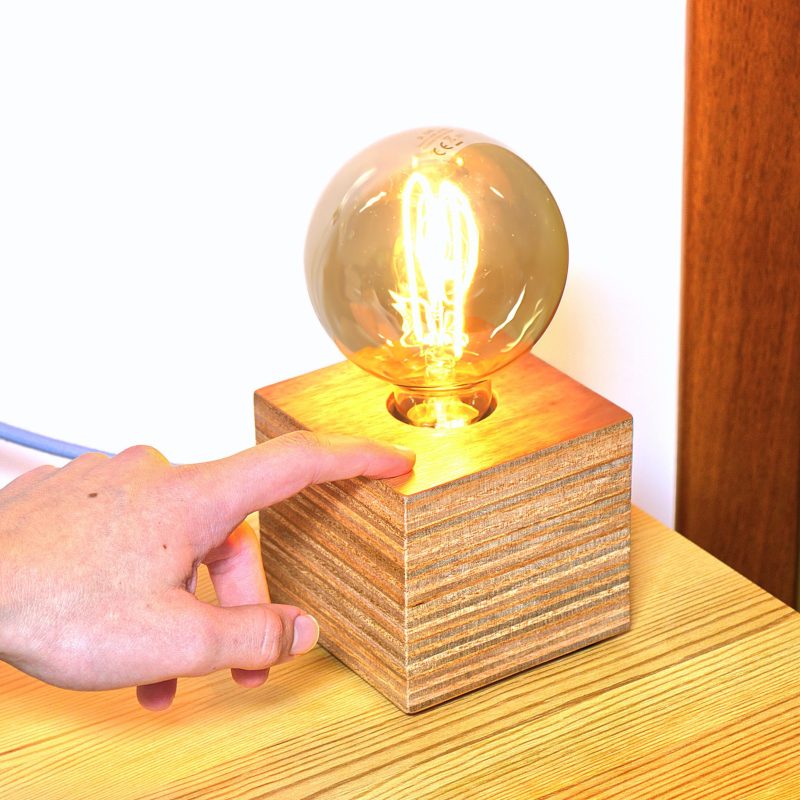Shortly after the development of the electric light came the light switch, presumably. Of course, obvious switches are old-hat, and this neat lamp build from [Giovanni Aggiustatutto] goes with a design that’s altogether more coy.
The lamp itself is a minimalist modern design, with a cube-like body constructed out of plywood. It was easily constructed by simply stacking up several layers of plywood to create the form. Inside the housing, a bulb holder was installed hooked up to a Shelly smart relay to enable the lamp to be used as a smart device. The relay also has a switch input for direct control. This is hooked up to a micro-switch that is tucked into the base. Tilting the lamp to one side triggers the micro-switch and turns the lamp on and off as desired.
Overall, it’s a simple build that is elegant and functional. It eschews switches on the lamp cord and other fussy details, while featuring both smart control and a direct switch as well. We’ve featured some other great lamps before, too. Video after the break.















Huh kinda clever. I was expecting some kinda capacitance trick from the thumbnail
Hidden switches are great—until someone else needs to use them.
7 seconds into video, after assaulting music: plugs lamp into an outlet with a switch on it.
That switch could be controlling the socket, but that’s not the norm with Italian wiring. Switched sockets are uncommon, and generally they are remote from the switch. Most likely that switch is in a bedroom, next to a bed, and controls the room’s ceiling light. Traditionally a socket would be placed lower down and hidden behind the nightstand, but in modern homes it’s common to have some device charging next to the bed and having the socket within easy reach makes more sense.
Weird socket. And I have thought that I had seen them all. Don’t like that it is not sunk in order to prevent pluging in earth requiring Type F and Type E plugs.
They are Italian sockets. The original design was very simple, just two prongs and no earth. The modern sockets and plugs have been improved over time for safety. On the plug side the part of the live and neutral contacts nearest the plug body is insulated, and on the socket side the actual contacts are recessed behind a safety shutter, so that live and neutral are never exposed before they make actual contact. That said, they are not as robust as the British plugs or Shuko plugs, and there’s no provision to ensure live and neutral are not reversed.